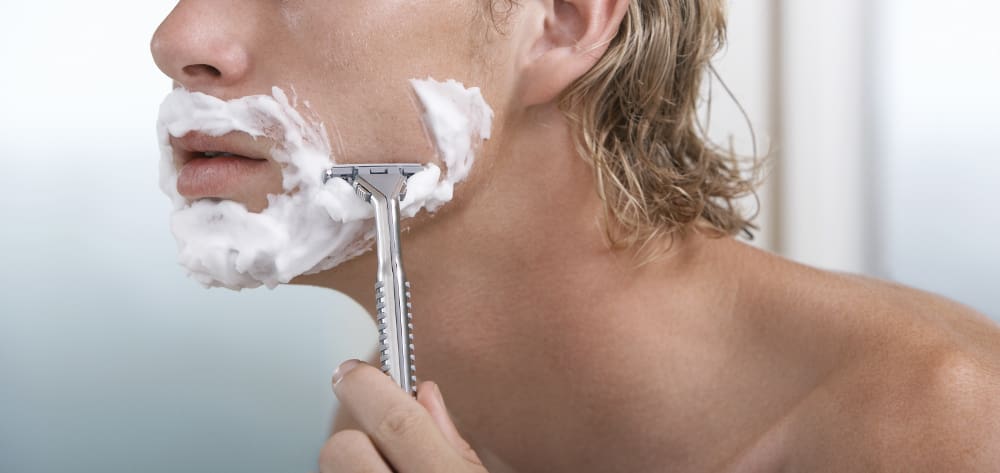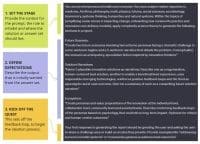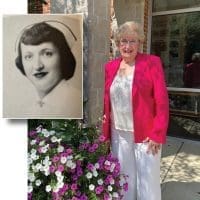Over the course of history, people have used metaphors to explain, contrive, reflect, and refute human phenomena. Health care (and all its challenges) has stimulated prolific metaphors to find meaning in its success, but more so in its failures. Military metaphors abound. Health providers are referred to as an “army” who “fight” in the “battleground” against the “enemy,” whether it’s a new strain of resistant organism or a bureaucratic misstep. As health care takes on a business model, metaphors derived from economics become commonplace, turning patients into “consumers” in the competitive “market” of “products and services” with an end-goal of reaching the highest “rating.”
Patients often resort to metaphors to cope with their suffering. Years ago when I was interviewing a patient who came in for rapid atrial fibrillation, he described what he was feeling “as if there was a hummingbird inside my heart; flapping its wings so fast and ready to fly out of there!” The book Illness as Metaphor by Susan Sontag is an example of an eloquent reflection and critique on the use of metaphor in the face of cancer.
Why do we turn to metaphors? The answer is simply because human nature is so vast and mysterious and our language limited. In our search for meaning we draw on symbolic language to derive some sense from our experience. As a nursing faculty, I use metaphors as picturesque clues to illustrate caring that is grounded in an examined experience. One experience I had serves as a metaphor for nursing itself.
A perfect picture
One day in August, I assigned a nursing student to care for Mr. C., a homeless 50-year-old Chinese man who originally came in for a drug overdose-related respiratory failure and a fractured hip. With the combined powers of antibiotics, mechanical ventilation, surgery, round-the-clock nursing, and the innate resiliency of the human body, he got better. After an extended stay in the ICU, he was transferred to a medical unit. There he remained in transition limbo for over a year. He was no longer sick enough to be a “patient,” but no facility would take him because he had no health insurance. In essence he was domesticated yet undomiciled.
In between meals and medications, he would be spotted setting quietly in the chair, looking brittle but never complaining. His toothless smile charmed the nursing staff. The conspicuous absence of any visitors made him mysterious, at least to me. With the passing of time, Mr. C’s facial hair started to grow. He resembled a sage with an overgrown Fu Manchu. Somehow shaving was never mentioned during hand-off, though at some point he expressed his desire to shave.
Amidst the cacophony of acute care hustle and bustle, I chanced upon a scene worthy of a Vermeer painting. A faint mid-day light was breaking through the shutters; a student wearing a blue isolation gown was standing with his back towards the door shaving the patient. A white towel was carefully draped over the patient’s chest and shoulders and half his face was covered with foam. Realizing I was unnoticed, I stood by quietly and observed. With surgical precision and the seriousness of a psychiatrist, the student caressed the patient’s sunken cheeks with a razor, all along keeping a measured conversation, punctuated by the tap, tap, tap of the razor against the side of the basin that was now a hot soup of discarded facial hair and lather. An effusive “thank you” and a bow of approval from the patient concluded the shave.
Returning the next day, I found the patient’s bed occupied by another person. I was told Mr. C. suffered a cardiac arrest overnight and was now in the ICU. There I found him unresponsive and attached to a ventilator. On his clean-shaven cheeks rested the holder of the endotracheal tube. For a few minutes I stared at his “brain dead” state and thought about the still-life scene I witnessed a day before. I recall how he demurred about keeping a “soul patch” just below his lower lip. Now he was surrounded by machines and devices that seemed to rob him of his humanity. The shave the day before was one of his last conscious close encounter with nursing and communion with fellowmen.
The metaphor of the shave
Perhaps I am romanticizing the idea that Mr. C’s pre-arrest shave was akin to physical purification, an ablution before his final transition to the unknown. He died the following morning. This episode prompted me to consider shaving patients as a metaphor for nursing itself, at least for patients of a certain gender.
The physical closeness required in shaving someone embodies the nurse-patient relationship, of being with and within reach when we are needed. Shaving brings a semblance of normalcy to the quotidian of life which nursing is meant to restore. Shaving personifies “a.m. care” and inspires gentleness in the caregiver because of the attendant risk of injury. Because shaving takes time and is not considered a priority intervention, it challenges the nurse to organize his or her work flow and make time for it. Making time is one of those competencies that ironically takes time to master.
Perhaps shaving, like bed bath, can be delegated but it would be a missed opportunity for the nurse to bond with the patient. The act has the potential to reveal instead of reduce the patient to a task to be done. Conversation, the essence of nurse-patient rapport, is easily conjured during shaving. It invites the nurse to enter into empathetic discourse that encourages further reflection in both patient and nurse. Ultimately, these reflections may validate the very reasons why we are in nursing.
On various occasions, patients offer to “tip” me for shaving them. A similar response has not been evoked by emptying a bedpan or a commode. Somehow, shaving elicits gallantry in male patients of a certain age. Perhaps it brings them back momentarily to a proud time in their life when they were able to dispense reward to others. Being offered money by a patient, no matter how innocent, stirs professional distress among nurses. A polite refusal is all that is required and inwardly remind oneself that the true reward is simply hearing a patient exclaim that the shave made him “look like a million dollars.”
Fidelindo Lim is a clinical faculty member at New York University College of Nursing and a nurse educator at the Hospital for Special Surgery in New York.



















6 Comments.
I’ve been a CNA for half my life now. Continuous loss seems to be the fate of most elderly. From their sight, to driving privileges to everything they’ve worked for. The least we can do is offer a shave. Implementing choices, what to wear and so on is so important, I can’t stress it enough. It’s all they have left and at a minimum at that. I recently started caring for people in their homes. I feel better about myself being able to keep them there. I don’t charge as much as I made in the carehome, but it’s important to me to be able to fulfill that one wish, to die at home, so I keep it affordable. I realize some have a real need for the nursing homes but to me it’s more like elder prison! No matter how humane we try to make their stay, they can never leave most times. It’s just sad. Sad to think it will be me one day. Hopefully my small Mark, will encourage others, to help at home instead. Thank you
Thank you for this article. How many times did I tell my staff that doing care is about touching and connecting with patients and their families. It’s not just a task to be delegated as if beneath our dignity. It’sthe heart of true nursing..
I want to thank the readers for sharing their insights on shaving as a nursing metaphor. This confirms what I firmly believe – patient-centered care remains the core of nursing. Be it shaving the patient or other creative interventions, we will continue to bond with our patients and stay authentic to the call of nursing.
I find it interesting that there are hospitals that allow a razor shave. I have worked as a Nurse’s Aid while in Nursing school and razors are not allowed in this very large North Eastern PA hospital chain. The patient may use a battery powered electric razor if they desire. Cannot even trim toenails or fingernails for them. So, as such, have never had the bonding opportunity, but could understand how it should be possible.
I have shared so many patients, I can’t count. Always finished with hot towels to their faces. It was like a ritual to me, because it always left them feeling so much better. Lessons learned from an old Irish nurse instructor when I was a diploma school student: Always do one thing to make a patient feel better before leaving them.
Thank you for this pearl to remind us of the essential humanity of each person we touch in delivering care and the importance of honoring our patients as people who deserve the gentle touch and compassion we as nurses deliver.